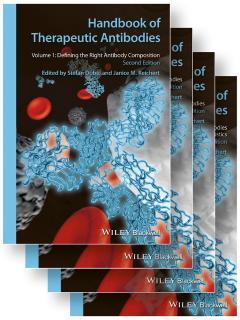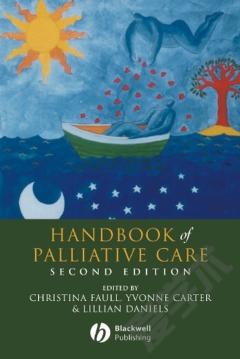A Handbook of Therapeutics
I have thought it might prove useful to the student and to the young practitioner to insert in this edition a brief account of the symptoms of disease. Of late years, since attention has been more drawn to the significance of physical signs, too little heed seems to me to be paid to the detection and appreciation of symptoms, objective and subjective. This is a marked defect among students. One often meets with a student, thoroughly equipped with all the resources pertaining to physical diagnosis, who yet is sorely puzzled with the indications afforded by the pulse or tongue. The reason is obvious. Physical signs are soon learned, whilst it requires a longer time, more patience, and a more discriminating observation to appreciate the meaning and to estimate the value of symptoms.The indications of disease are divided into symptoms and physical signs. The direct information to be obtained from the pulse, the skin, the tongue, the breathing, the evacuations, etc., are for convenience, termed objective symptoms. The indirect information we gather from the patients description of his own feelings and sensations, which are detected only by the patient himself; these, likewise for the purpose of convenience, are termed subjective symptoms. Important though physical signs undoubtedly are, yet symptoms, especially objective symptoms, are far more valuable. Physical signs, as a rule, help us to detect only coarse and decided changes, and are chiefly useful in diagnosis, whilst symptoms are far more useful guides in prognosis and in treatment.It may be said, that before we can efficiently treat a patient, we must first form a correct diagnosis; hence physical signs, by greatly assisting us in this respect, must likewise greatly aid in the treatment. In some measure, this proposition is no doubt true; but when we have accurately diagnosed the disease, we treat, in most cases, the secondary effects rather than the primary disease; and these secondary effects generally make themselves apparent solely as symptoms. Only in a few instances, as ague and syphilis, can we directly cure the disease itself; but in other instances we must be content to combat the secondary and often fatal effects. A disease often neither endangers nor destroys life by its direct effect on the organ attacked, but through a secondary effect manifested on another organ or organs. Thus to take the case of pneumonia; here, by no means unfrequently, the dangers depend, not on the condition of the lung, but on nervous or cardiac depression.
{{comment.content}}








 京公网安备 11010802027623号
京公网安备 11010802027623号